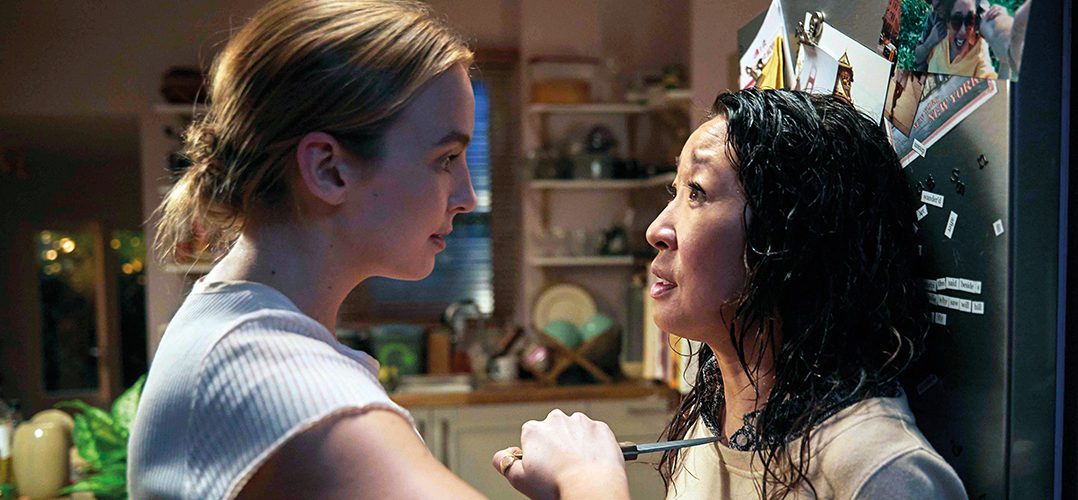Distribution is dead. Long live distribution! There are many who might agree with the former, but many more who know that while distribution may look very different in five or 10 years time, it will still be a crucial element of this industry. In the first in a series of MIPCOM blog posts, “Who needs distributors? Roadmaps for the streaming offensive” considers the big picture for distribution in the changing media landscape. And in the build-up to MIPCOM, we will hear from professionals in the eye of the storm.
Global SVOD platform Netflix hasn’t just changed the face of TV viewing, it has also caused huge disruption in the way content is distributed. This is most readily apparent in its aggressive pursuit of global TV rights; but almost everything streaming giant Netflix does has implications for distributors, from the way it releases content to the lengths of its series and episodes.
It would be a mistake, however, to suppose that Netflix has been the sole agitator in the distribution revolution. Just as significant have been Hollywood’s studios. Back when Netflix was still delivering DVDs by post, it was already evident that the US majors wanted to control as much of the content pipeline as they could – in order to feed their ever-expanding array of global networks. Formidable enterprises like Comcast, AT&T and Disney are the inevitable end result of that process, with a Viacom/CBS merger now strongly touted. Scarcity of content rights, in-house co-productions, collapsed windows, day-and-date global releasing and DTC delivery were all coming, irrespective of whether Netflix crashed the party or not.
It’s not all about Netflix
With so many content-creating/content-acquiring Death Stars in the TV universe –don’t forget to factor Amazon, Alibaba, Apple, Google and Facebook and others into the equation – you might be forgiven for thinking the traditional market-by-market distribution business is set to suffer the same fate as video rental chain Blockbuster. But the reality is actually more complex.
For a start, concern about the future of content distribution loses sight of the fact that there are plenty of domestic and regional players putting up a formidable fight against encroachment by the streaming giants – and the not-so giant. Audience share among legacy players is undoubtedly being affected – but it would be a brave pundit who suggests there is no room in the future TV landscape for the likes of Televisa, Globo, TF1, the BBC, ITV, RTL, ZDF or Japan’s commercial broadcasters, to name just a few. Couple these with regional PayTV players and telcos like Telefonica, Vodafone, BT and Nordic Entertainment Group and it seems clear that there is still plenty of potential for co-production, scripted format deals and tape sales to support the distribution model. Keep in mind that a lot of this activity is supported by local content quotas.
National and regional deals
Doubts about distribution’s prospects also presuppose that the global players will always, in perpetuity, insist on securing global rights to shows. It is logical for Netflix to want to retain all rights while it is in the midst of its global subscriber grab, but the escalating cost of content suggests that global platforms will, in the future, be more inclined to share risk by laying off territorial rights to partners. Long-term, it’s also hard to imagine a global SVOD player turning its back on the rights to a show that will drive subscription revenues in Latin America, simply because it can’t also get hold of Asian or African rights – that just doesn’t make sense in an era of data-driven decision-making. Supporting this thesis is the fact that there are a number of SVOD platforms that are perfectly happy to do national or regional deals – Hulu, Acorn, Britbox, Walter Presents, Starz being a few examples. Their presence simply adds to the dynamism and sustainability of the international distribution ecosystem.
Live Sports and Entertainment
To the above points can be added the fact that the SVOD platforms are not particularly effective when it comes to live content – sports and entertainment being the prime examples. Is there any evidence as yet that the likes of Netflix can kill the booming trade in shows like Love Island or Got Talent? Or that they can handle an event like the FIFA World Cup?
Nor are on-demand/streaming platforms like ad-free Netflix especially useful to brands. With advertisers currently spending somewhere between $550-600bn a year, there’s a massive advertising-fuelled economy for content creators/distributors to tap into. To put that opportunity in perspective, Netflix will spend around $15bn on content in 2019.
A Bigger cake for distributors
On top of all the above, two final thoughts. Firstly, consumer demand for content continues to grow, which means there is a bigger cake for distributors to compete for. Secondly, TV is not a widget business where it is possible to crush the competition through commoditisation and consolidation. Despite having a terrific strike rate with shows like The Crown and Stranger Things, Netflix cannot foresee and control the journey of every great piece of content or idea. Sometimes, it manages to grab global rights to emerging hits, such as Black Mirror and The Bodyguard; but often it doesn’t – The Night Manager, Killing Eve, The Handmaid’s Tale are some high-profile examples. Even $15bn can’t tie up every great showrunner on long-term output deals.
Streaming can’t be underestimated
None of the above is to underestimate the muscle of the streaming platforms, but simply to illustrate that there continues to be scope for a dynamic and expanding distribution market for those that are able to adapt. In the run up to MIPCOM 2019, MIPBlog will interview a range of executives on the content business frontline, to share their roadmaps for the future of distribution.




